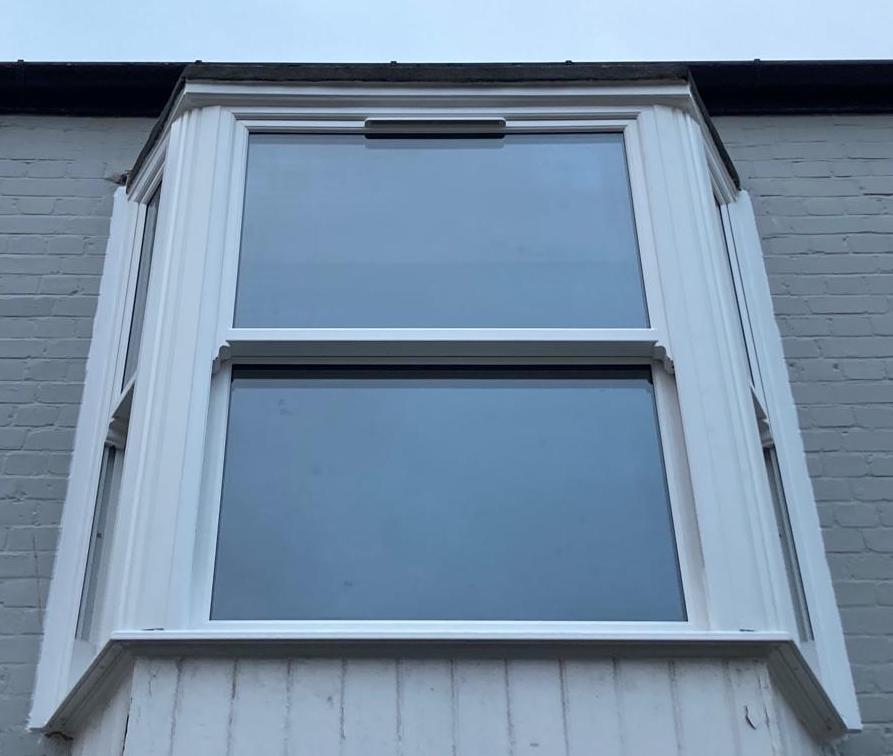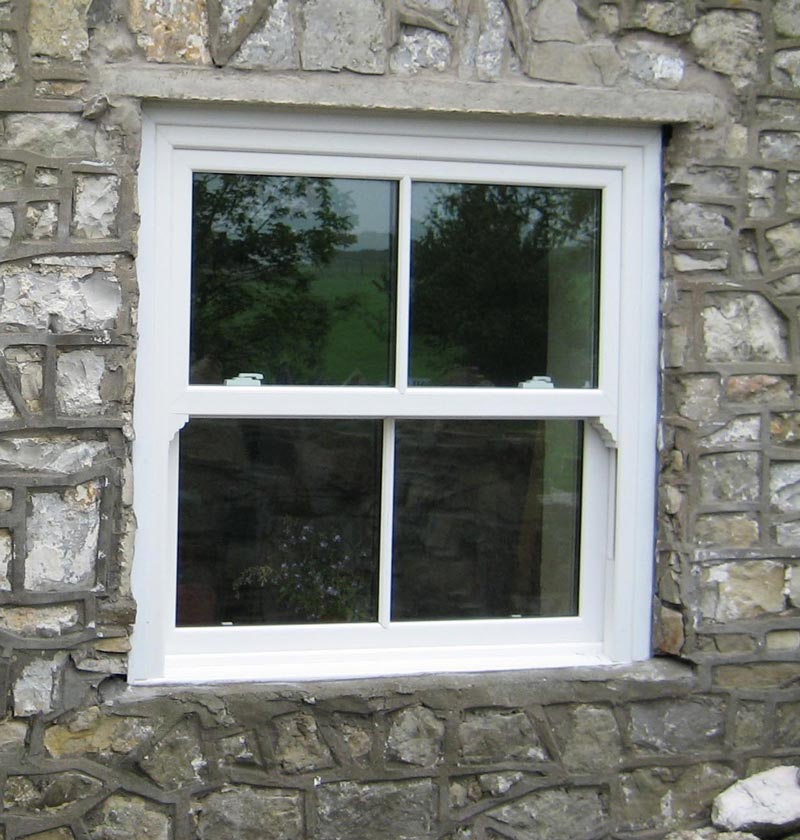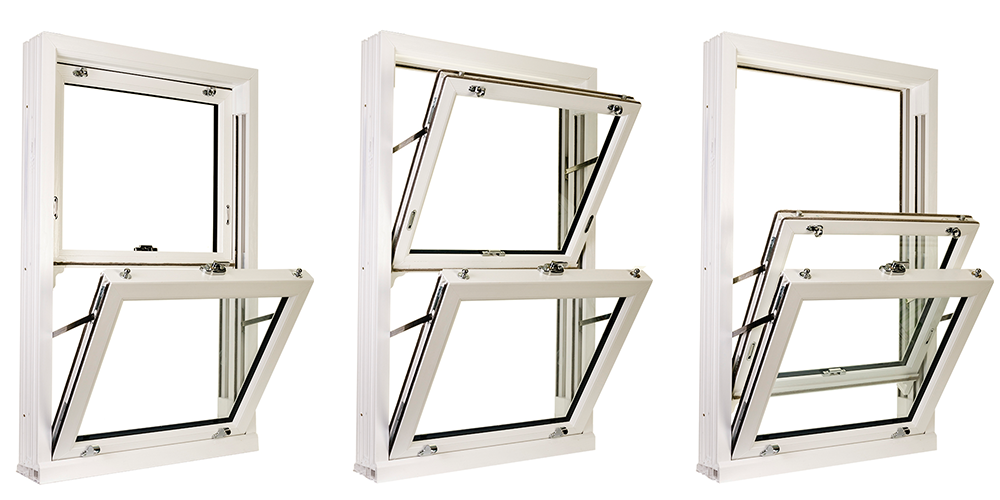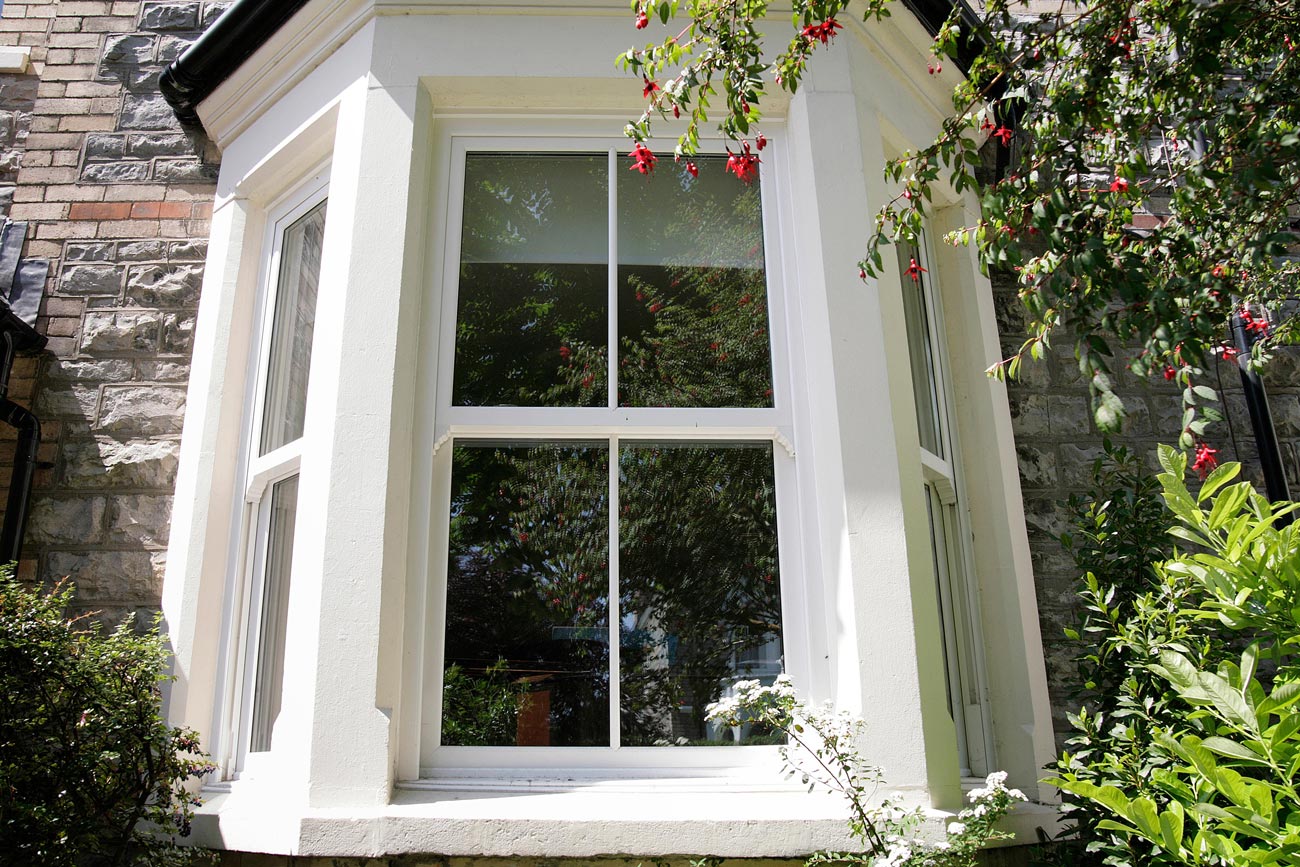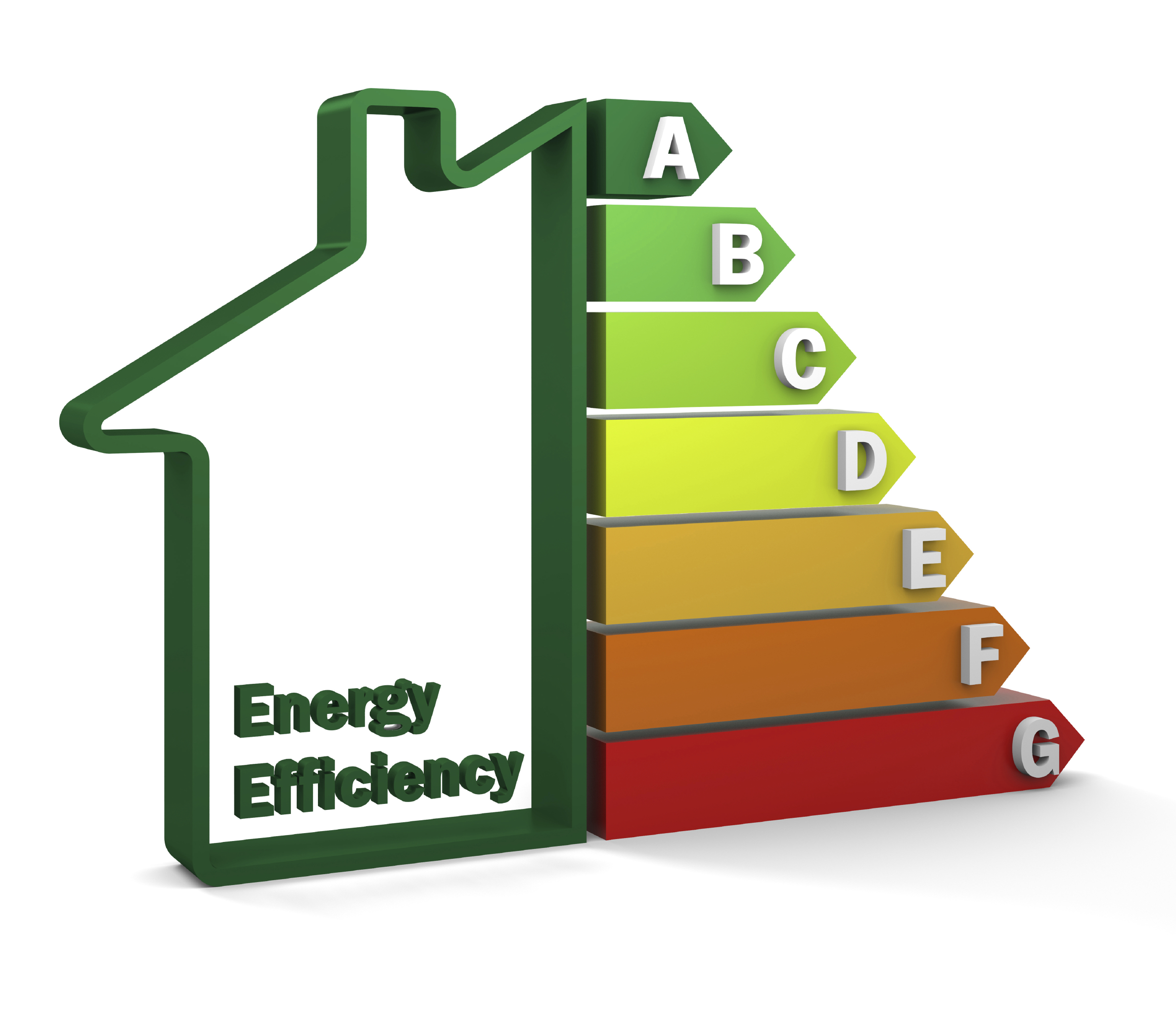How is the energy efficiency of a UPVC sash window calculated?
May 22, 2021
There are two measures used to rate a window’s energy efficiency: the Window Energy Rating also known as WER, and the U-value.
The Window Energy Rating (WER) is concerned with measuring a window’s overall energy efficiency: the calculations take into account how much heat the glass allows in and lets out, and how much warm air escapes through gaps in the frames.
Window Energy Ratings range from A+ which is the most efficient. The least efficient is G. Nowadays, the regulation in some parts of the United Kingdom requires new double glazed windows to achieve a minimum energy rating of C. You can find a window’s energy rating usually on a rainbow label, similar to ones you find on fridges.
The U-value is concerned with measuring how well heat can pass through a window’s glass and frame. It’s generally thought that if the u-value is higher than the better. However, this is incorrect. The lower a window’s U-value, the better it will be at retaining the heat in your home.
Nowadays, a new double glazed uPVC sash window will have a U-value of about 1.2 compared to the traditional single glazed uPVC sash window, which has around 5.1. This is a major improvement in the industry and our living standards.
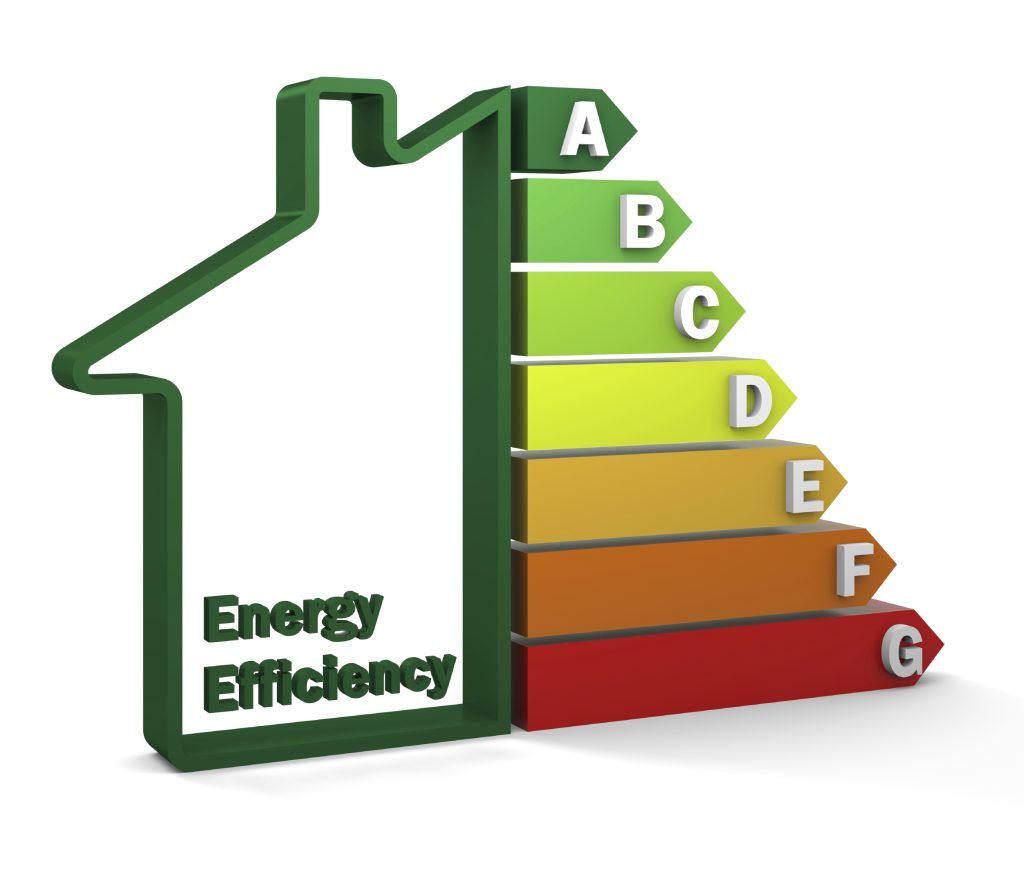
Recent News
Get in touch to discuss your requirements or to arrange a free quotation

SlideX
SlideX UPVC vertical sliding sash windows are thermally efficient and environmentally-friendly units which mimic the aesthetic appeal of a classic timber box sash window, but deliver all the benefits of a modern PVC-U system.
SlideX is managed & powered by Ada Windows Ltd a registered company in England with company number 09755397. Ada Windows Ltd Fensa number 36583. All images displayed are for illustration purposes.All rights reserved.
